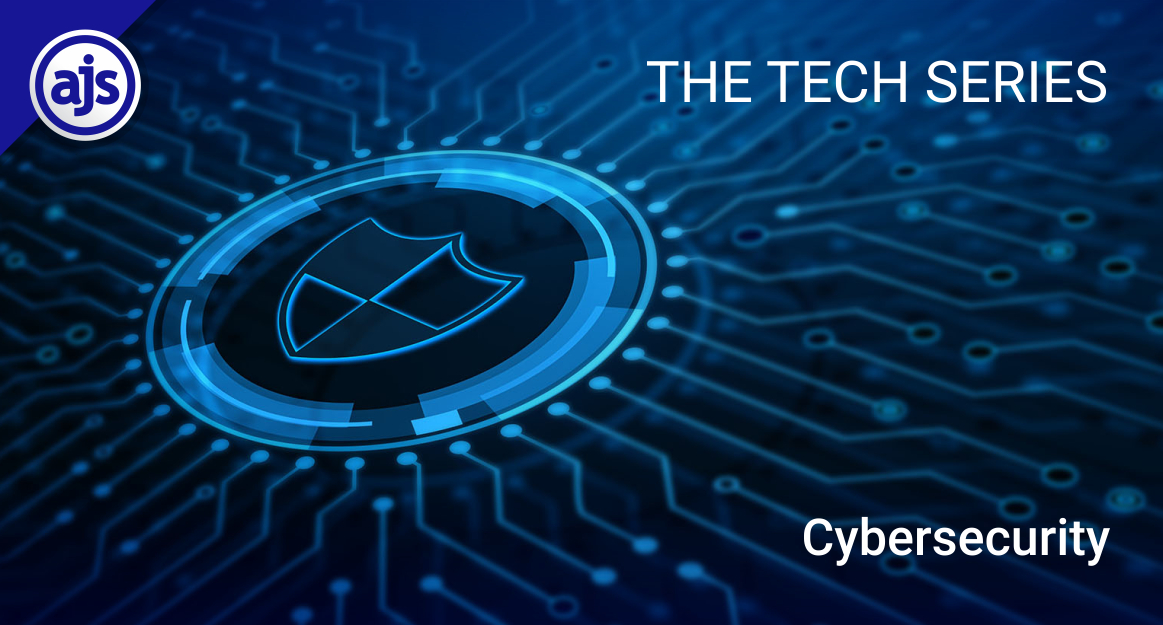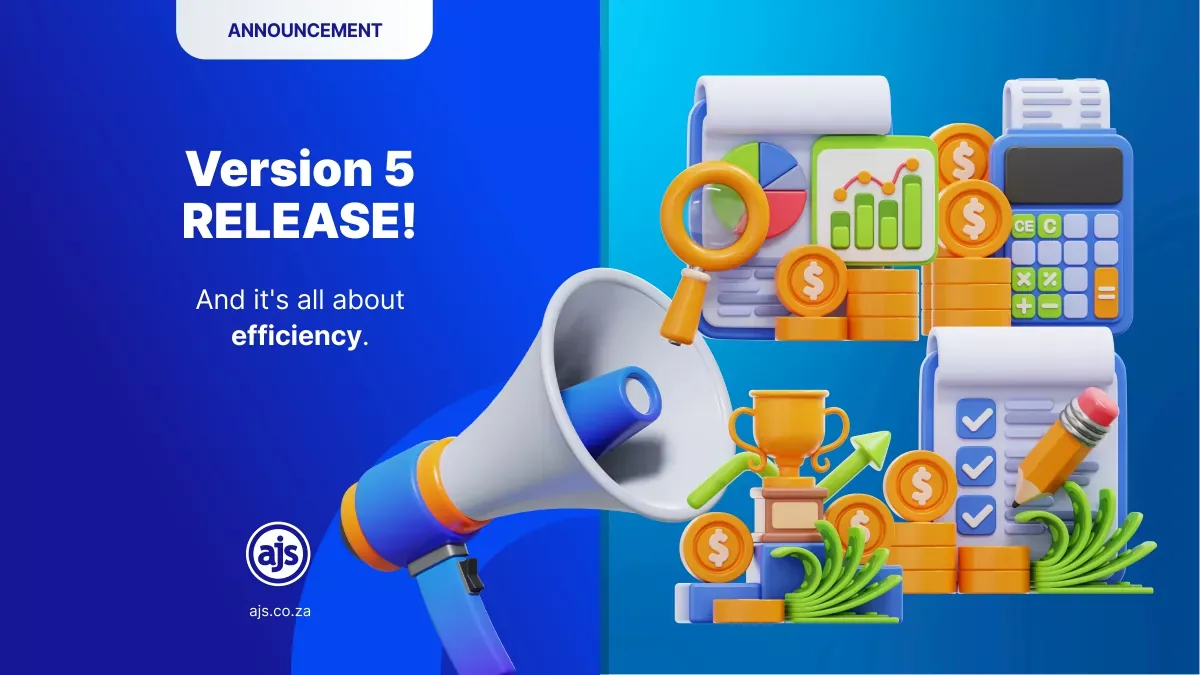
THE TECH SERIES
Cybersecurity
Technology provides us with an opportunity to dream. It gives us the opportunity to do what we once thought was impossible. But we also know that the very mention of “technology” or “tech” (and the latest trends out there) can send shivers up and down the spines of those looking to “up their technological game”.
Substantial investment in technology is required if it is to be effective but there is often a reluctance to invest heavily into something that is not fully understood. There is the added fear of making the wrong decision.
The subject of technology is vast. With the many exciting options on offer, it is easy to become bamboozled by all the bells and whistles that make no sense and are not entirely necessary for your practice. The real benefits of technology are hidden underneath all the hype.
So, in the weeks to come, we will be going through relevant legal tech elements that are out in the market right now. We will be exploring and simplifying each subject. We aim to assist you in finding what will benefit your firm and perhaps even guide you as to how you can incorporate it into your practice.
We took a look at Lawahead’s legal tech sector deep analysis on the most important legal tech trends. It will be good for you to read this as a backdrop – it’s not a long article and worth it.
What the article does nicely is categorise the various elements of legal tech and the current trends to look out for. We believe that a deeper and hopefully simplified explanation of each trend is needed to assist law firms to make better technology decisions and reduce the fear of the unknown.
So, to begin with, we will be discussing a most crucial one –
Cybersecurity
Often a grudge investment but so obviously necessary.
Cyber-attacks are no longer handled by disgruntled hooded figures in dark basements hacking into their company’s database to sell company info or extort money from the CEO (a stereotypical scene to be sure).
Nowadays, cybercriminals are organised, they have the latest tech and are often University graduates with degrees. Cybercriminals team up with other like-minded individuals (aka hackers) to develop sophisticated operations with the sole focus of extorting individuals for money or some other gain.
They use ransomware to attack companies by compromising networks before installing file-encrypting malware across as many systems as possible. Victims are locked out of files and servers, where after cybercriminals demand a ransom payment (often to be made in cryptocurrency) in exchange for the decryption key. In many cases, the victim pays just to get their systems under their control and their businesses operational once again. But that payment only serves to fuel the ransomware industry.
And with attacks on the rise, law firms are not exempt. Law firms hold a large amount of client data and are being targeted for this very reason – law firms are required to secure and store their clients’ data properly, ensuring that it is safe from prying eyes. They are (sort of) easy targets because there is so much to lose if their systems get hacked.
It is for this very reason that cybersecurity is so crucial.
In order to better understand what is involved, we thought we would talk a little about each component in more detail.
Who or what is a cybercriminal?
According to ScienceDirect, a cybercriminal “is a person who conducts some form of illegal activity using computers or other digital technology such as the Internet. The criminal may use computer expertise, knowledge of human behavior, and a variety of tools and services to achieve his or her goal”.
How do cybercriminals attack?
Avast in their article Cybercriminals: Who are they and what do they do? sets out how cybercriminals attack –
- Cross site scripting (XSS) – an attacker injects malicious executable scripts into the code of a trusted application or website (malicious links are sent to a user who is then enticed to click on them);
- Cross-site request forgery (also known as CSRF) – a web security vulnerability that allows an attacker to induce users to perform actions that they do not intend to perform;
- Social engineering attacks that trick users into allowing administrative access; and
- Phishing attacks where cybercriminals send you an official-looking email purporting to be from one of the sites or apps you might use. In the email they ask you to click on a link or reply to it with a certain piece of sensitive information. These emails are usually sent out in large quantities, targeting as many people as possible.
(For further examples please go to Avast’s website)
But there are another two types of cyber-attacks that need specific mention –
Malware
According to McAfee malware is “a catch-all term for any type of malicious software designed to harm or exploit any programmable device, service, or network. Cybercriminals typically use it to extract data that they can leverage over victims for financial gain. That data can range from financial data to healthcare records, to personal emails and passwords – the possibilities of what sort of information can be compromised have become endless”.
Examples include Trojan Horses, Viruses, Worms and Spyware.
Ransomware
According to CSO, “ransomware is a form of malware that encrypts a victim’s files. The attacker then demands a ransom from the victim to restore access to the data upon payment. Users are shown instructions for how to pay a fee to get the decryption key. The costs can range from a few hundred dollars to thousands, payable to cybercriminals in Bitcoin”.
One of the most profitable, and therefore one of the most popular types of malware and is often implemented by using phishing spam and social engineering attacks.
How does one stop a cyber-attack?
Defending against cyber-attacks (and specifically ransomware) is a two-prong process that starts with developing a strong information governance program to prevent an attack from succeeding and having the right threat intelligence and tech in place to prevent cybersecurity attacks.
Hence the term Cybersecurity.
Cybersecurity (according to simplilearn) “is the technology and process that is designed to protect networks and devices from attacks, damage, or unauthorised access”.
It can be applied (according to Kapersky) in a variety of contexts, from network and application security to information (protecting the integrity of data) and operational (processes and decisions around handling and protecting data assets) security.
But two crucial aspects of cybersecurity that we would like to emphasise are the following –
- “End-user education addresses the most unpredictable cybersecurity factor: people. Anyone can accidentally introduce a virus to an otherwise secure system by failing to follow good security practices. Teaching users to delete suspicious email attachments, not plug in unidentified USB drives, and
- Disaster recovery and business continuity policies that define how an organisation responds to a cybersecurity incident or any other event that causes the loss of operations or data. Disaster recovery policies dictate how the organisation restores its operations and information to return to the same operating capacity as before the event. Business continuity is the plan the organisation falls back on while trying to operate without certain resources”.
For more aspects of cybersecurity check out An Ultimate Guide to Cyber Security for Beginners.
What do we suggest?
To properly protect your software and valuable data from cyber-attacks, it is advisable to work together with a reputable data centre, such as Teraco Data Environments together with a reliable software provider, such as AJS (an ideal combination).
By protecting your business from cyber-attacks and ensuring your information is secure at all times, you are able to successfully and safely incorporate other technology into your practice.
And that is such an exciting thing!
– Written by Alicia Koch on behalf of AJS





Pingback: THE TECH SERIES - AJS South Africa